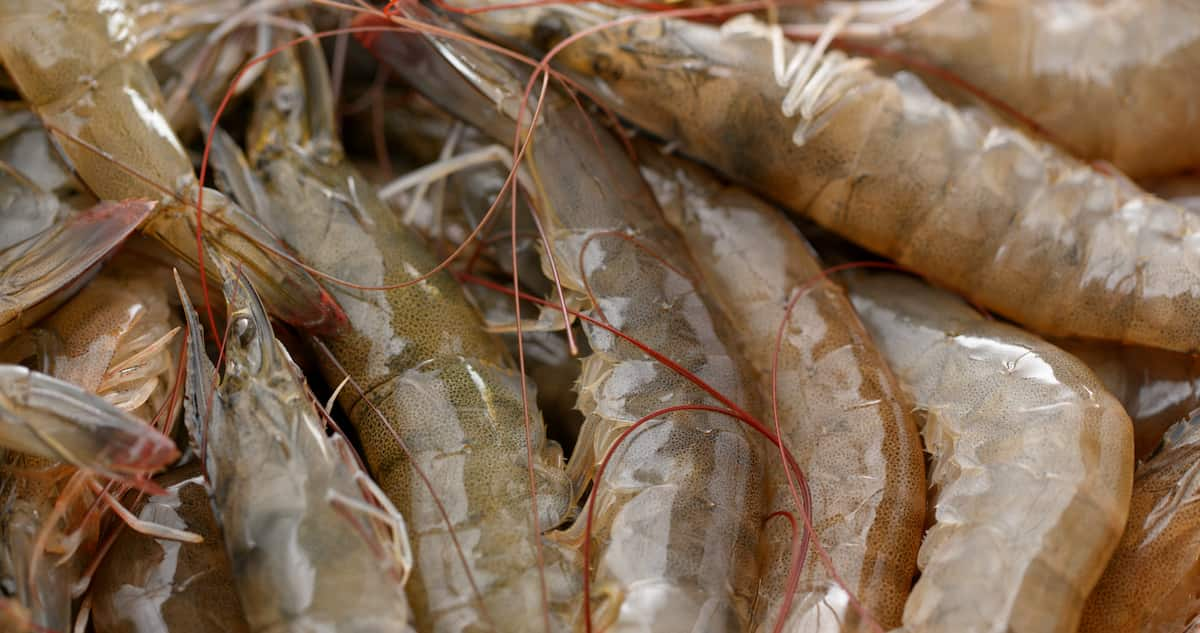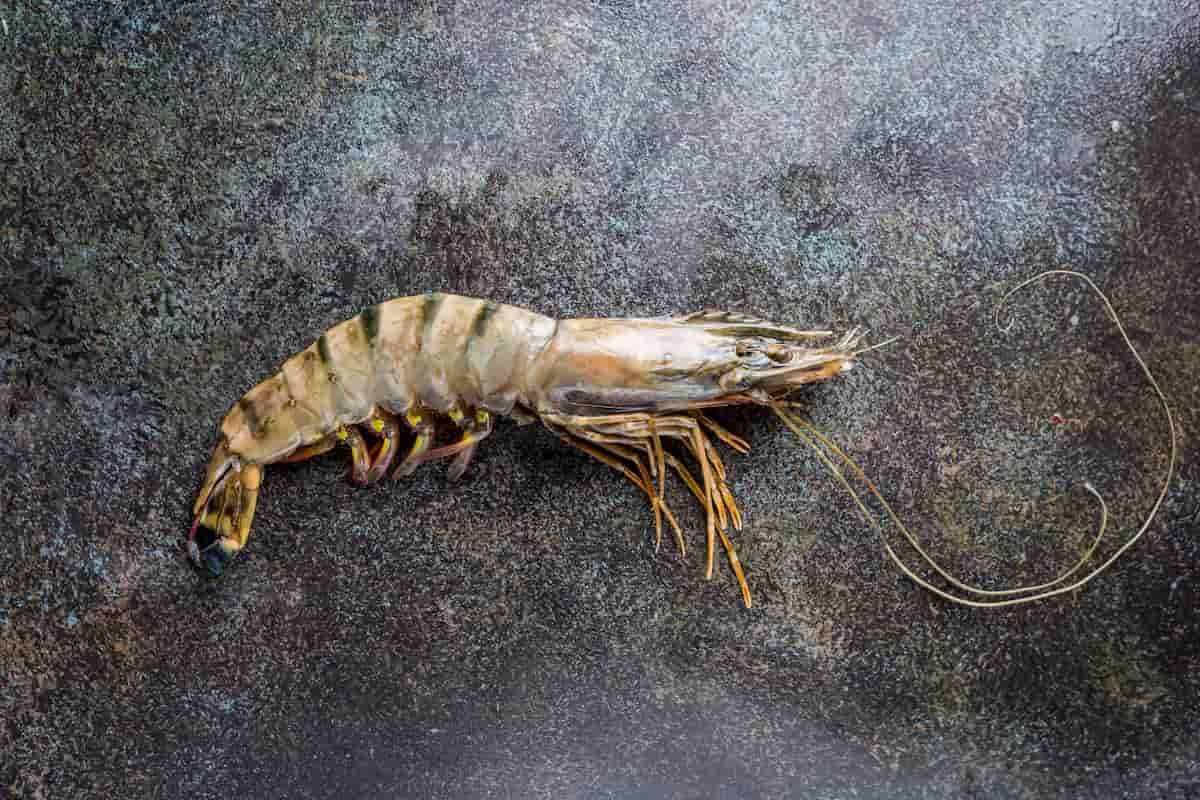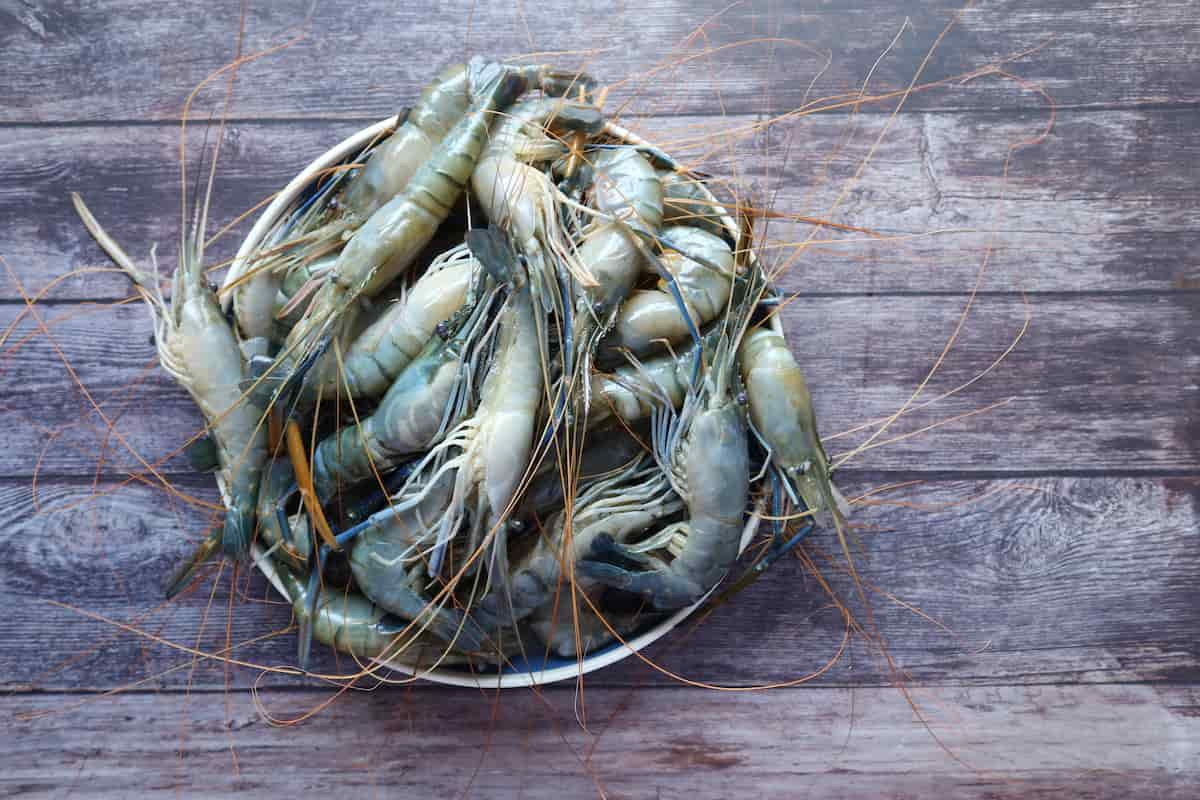Systemic vibriosis damages aquaculture shrimp. Poor culture systems can increase disease mortality. Shrimp aquaculture is profitable but needs proper administration to avoid systemic vibriosis. Vibrio harveyi, a seawater bacteria, infects crustaceans through their gills or lesions. Infected crustaceans show fatigue, hunger loss, and exoskeleton discoloration.

The disease kills crustaceans within days. Systemic vibriosis can be prevented by keeping water purity, stocking density, and diet. Early diagnosis and antibiotic therapy can increase shrimp survival. For a healthy and lucrative shrimp culture business, shrimp farmers must avoid and manage systemic vibriosis.
Systemic Vibriosis Management in Shrimp (Prawn)
The Pathogen Responsible for Systemic Vibriosis
- Systemic vibriosis can be caused by various species of Vibrio bacteria, including V. alginolyticus, V. parahaemolyticus, V. anguillarum, V. vulnificus, V. damsella, V. fluvialis, and V. mimicus.
- These bacteria can infect Shrimp through wounds or their gills and cause symptoms such as lethargy, loss of appetite, and discoloration of the exoskeleton.
- The mortality rate can increase if left untreated, and proper management practices, including maintaining good water quality, can prevent the occurrence of systemic vibriosis.
- Early detection of the disease and timely treatment with antibiotics can also improve the survival rate of infected Shrimp.
Spread and Transmission of Systemic Vibriosis in Shrimp
- Systemic vibriosis can be spread through direct or indirect contact with infected Shrimp or contaminated water. The bacteria can infect healthy Shrimp through wounds or their gills.
- Poor water quality, overcrowding, and stressful conditions can increase the susceptibility of shrimp to the disease. The use of contaminated equipment and the improper disposal of dead Shrimp can also lead to the transmission of the disease.
- Proper management practices, including regular water quality testing and disinfectants, can reduce the spread of the disease.
In case you missed it: White Spot Disease Management in Shrimp (Prawn): Symptoms, Causes, Diagnosis, Treatment, Control, and Prevention

What are the Signs and Symptoms of Systemic Vibriosis in Shrimp?
- Infected shrimps display several major symptoms, including:
- Opaque abdominal musculature
- Pale gill filaments
- Melanized (black) ventrolateral edges of the carapace
- Flared-up gill covers (branchiostegites) resembling German helmets.
- Blisters on the shell
- Brownish to black cuticular.
- Shrimp may exhibit brownish to black cuticular lesions and dorsal flexure of the abdomen.
- Reddish discoloration of the body and appendages is also a symptom of the disease.
- Infected Shrimp may have turbid hemolymph with delayed clotting time.
- Post-larval stages may not consume feed and lack fecal strands.
- Necrosis of appendage tips may occur, causing them to become brownish.
- Swarming bacteria can be observed in the body cavity of moribund shrimp larvae under a microscope.
- Early detection and treatment can improve the survival rate of infected Shrimp.
Diagnosis of Systemic Vibriosis in Shrimp
- Diagnosis of systemic vibriosis in Shrimp is typically based on clinical signs and symptoms.
- Isolation of the Vibrio bacteria responsible for the disease is confirmed through microbiological techniques.
- The Haemolymph of infected Shrimp contains numerous bacteria and yields Vibrio spp. upon culture.
- Bacteria can be isolated using culture media such as Zobell’s marine agar or thiosulphate citrate bile salts sucrose (TCBS) agar by inoculating hemolymph, tissue homogenates, or larval Shrimp on agar plates.
- Identification of the bacteria is achieved through morphological, physiological, and biochemical characterization of the isolates.
- The identification of the specific Vibrio species causing the disease can aid in the selection of appropriate antibiotics for treatment.
Treatment of Systemic Vibriosis in Shrimp
- The treatment of systemic vibriosis in prawns involves disinfecting intake water with formalin at a rate of 100-200 ppm and administering antimicrobial products through feeds, such as 0.6 ppm Oxolinic acid and 5 mg/kg Sarafloxacin.
- Early detection and therapy can help increase the survival rate of infected Shrimp and avoid disease transmission in shrimp farms. Proper management practices, such as regular water quality monitoring, can help avoid shrimp systemic vibriosis.
In case you missed it: Yellow-head Disease Management in Shrimp (Prawn): Symptoms, Causes, Diagnosis, Treatment, Control, and Prevention

Prevention and Control of Systemic Vibriosis in Shrimp
- The prevention and control of systemic vibriosis in Shrimp involve the maintenance of good water quality to reduce bacterial counts in the culture system. However, obtaining quality water in culture ponds can present practical challenges.
- To prevent the occurrence of systemic vibriosis, overcrowding of Shrimp must be reduced, and feeding regimes must be strictly adhered to, avoiding overfeeding or underfeeding.
- Proper management practices, including regular water quality testing, can help prevent the occurrence of systemic vibriosis in shrimp farming. Overall, prevention is key to controlling the spread of this bacterial disease in shrimp culture.
Conclusion
Systemic vibriosis is a bacterial disease that threatens the shrimp aquaculture business. Shrimp afflicted with this disease show various signs, including opaque abdominal muscles, pale gill filaments, and melanized ventrolateral carapace margins.
Microbiological methods are used to isolate microorganisms for diagnosis. To treat systemic vibriosis in prawns, it is suggested that intake water be disinfected, and antimicrobial preparations are applied through feeds. To minimize the occurrence of the disease, excellent water quality and overcrowding should be maintained. Overall, efficient management practices are critical for avoiding and controlling systemic vibriosis in shrimp farming, including early diagnosis and therapy.
- Beneficial Insects in Pest Management
- Natural Solutions for Pest Control in Flower Gardens
- Types of Fungicides Used in Agriculture
- Common Issues in the Fruit Development Stage of Pomegranate Farming
- Fruit Development Issues in Papaya: Easy Solutions and Treatment
- Soil-Borne Diseases and How to Protect Your Plants
- Practices to Prevent Disease Spread in the Garden
- From Wilted to Thriving: How to Treat Root Rot Naturally in Houseplants
- Natural Remedies to Cure Brown Spots on Fig Tree Leaves